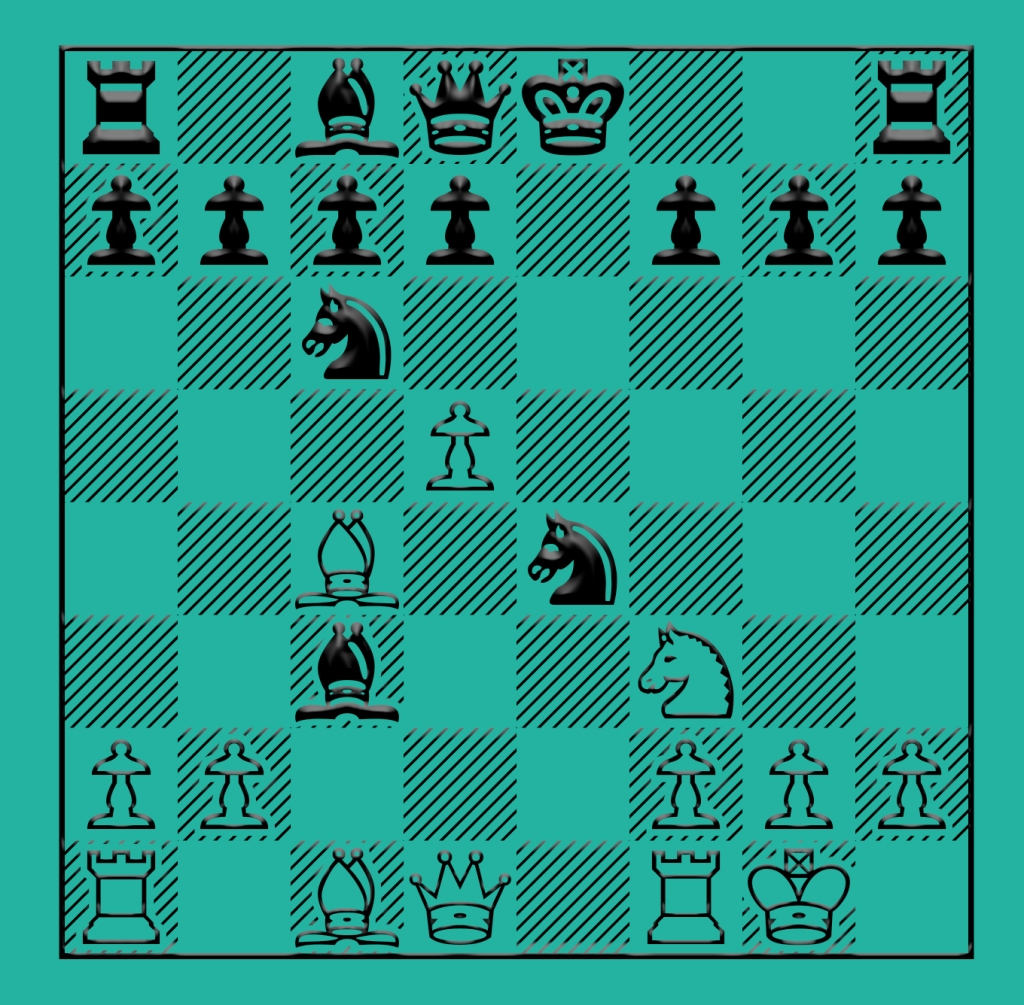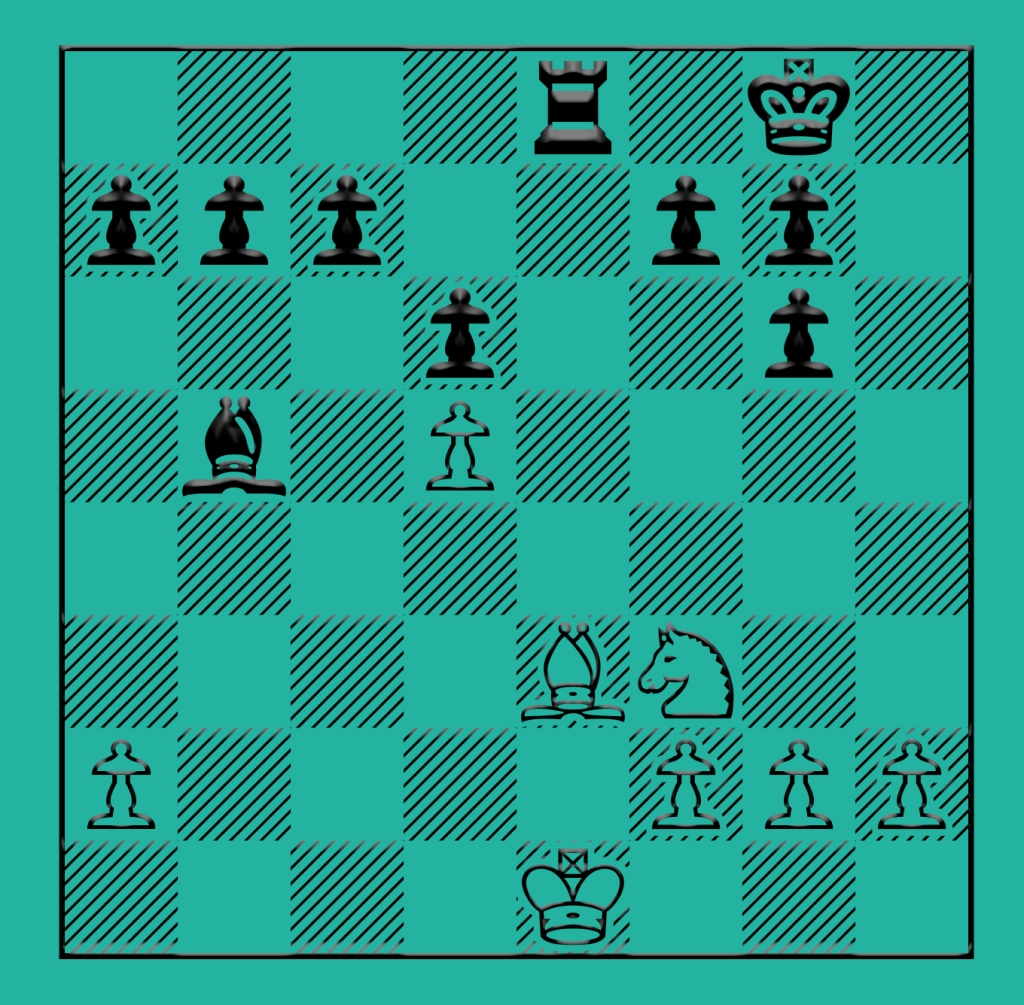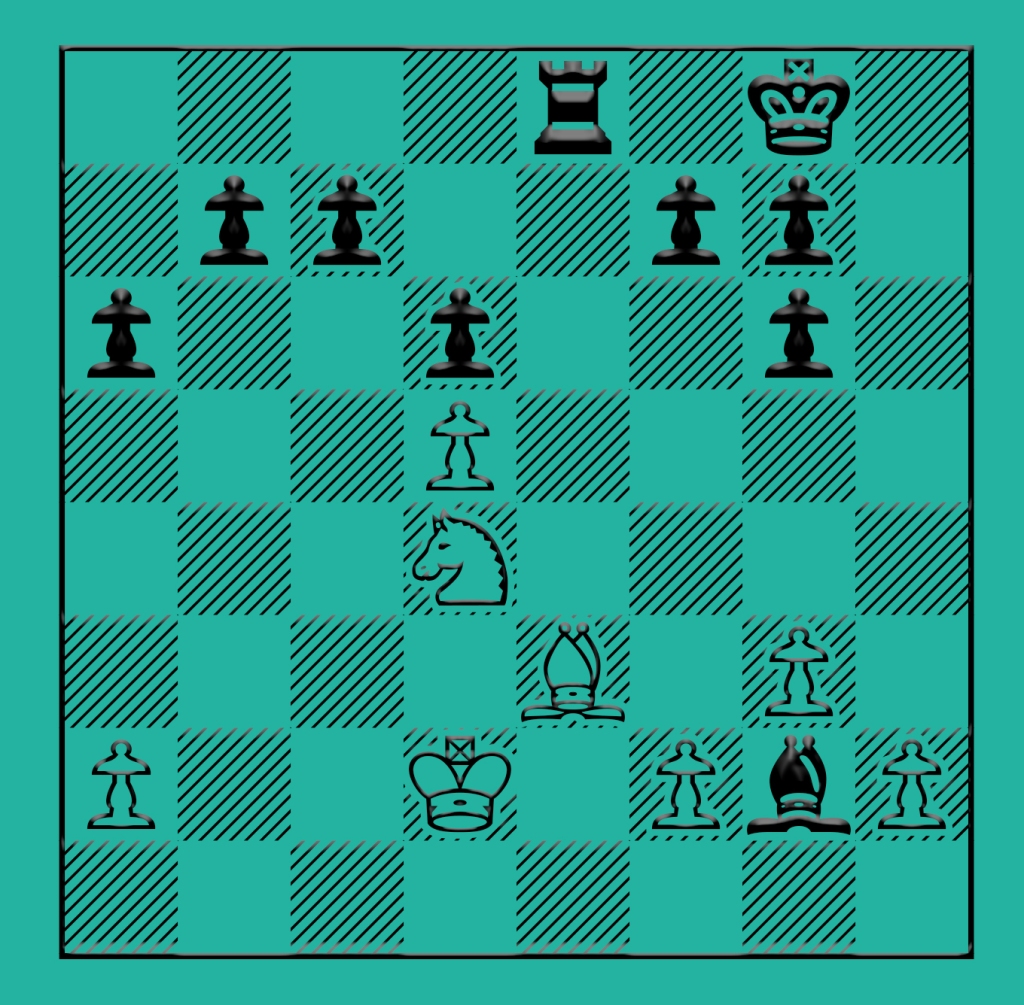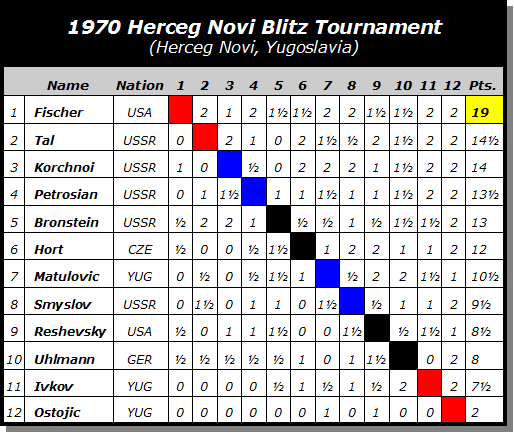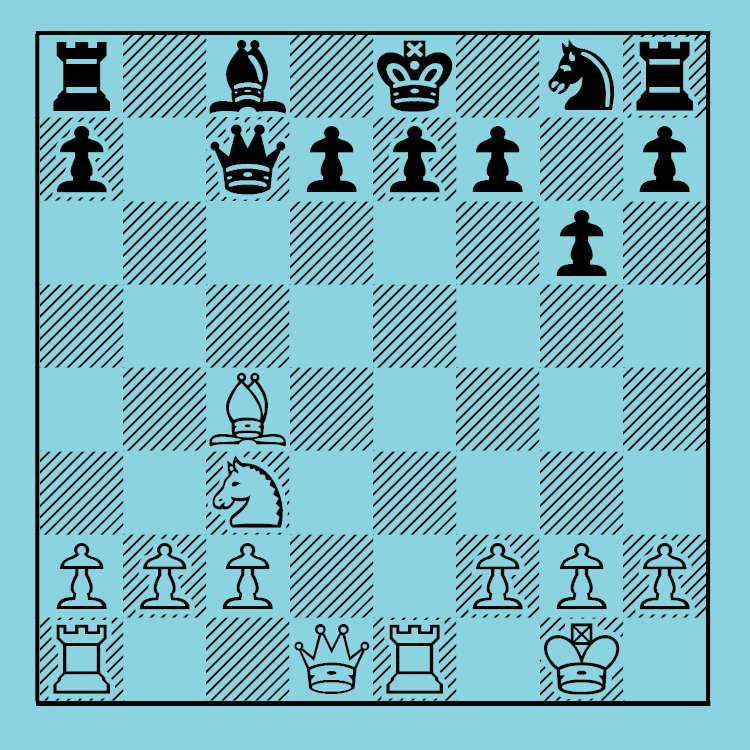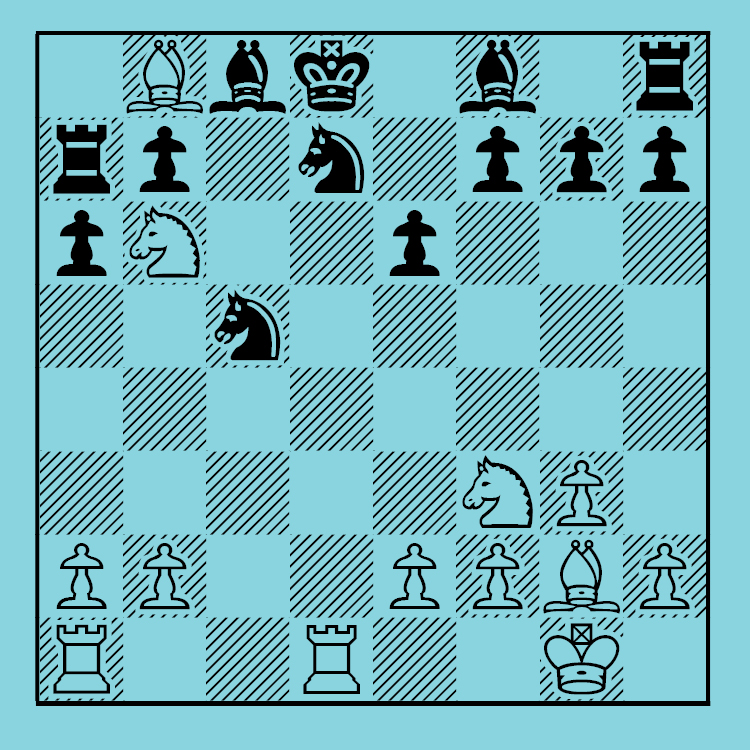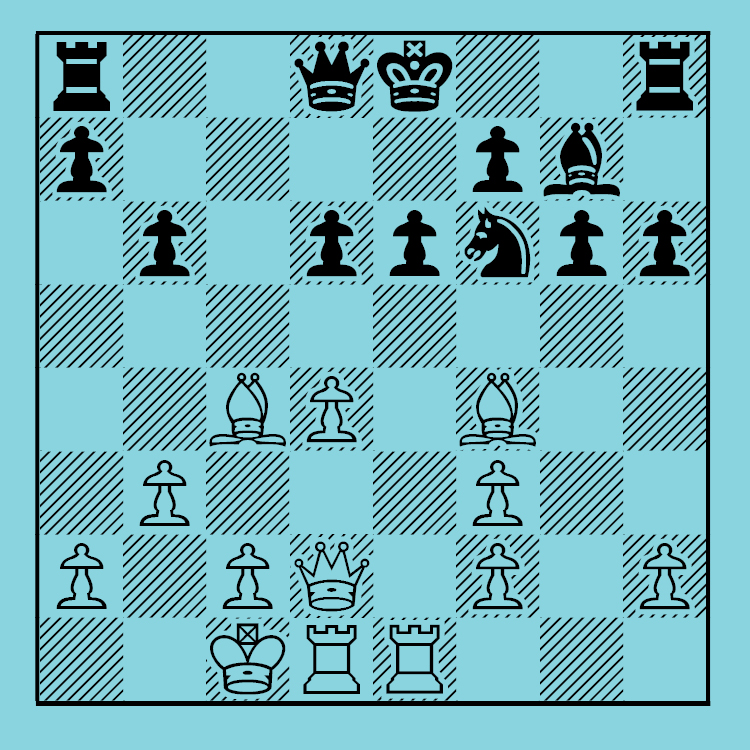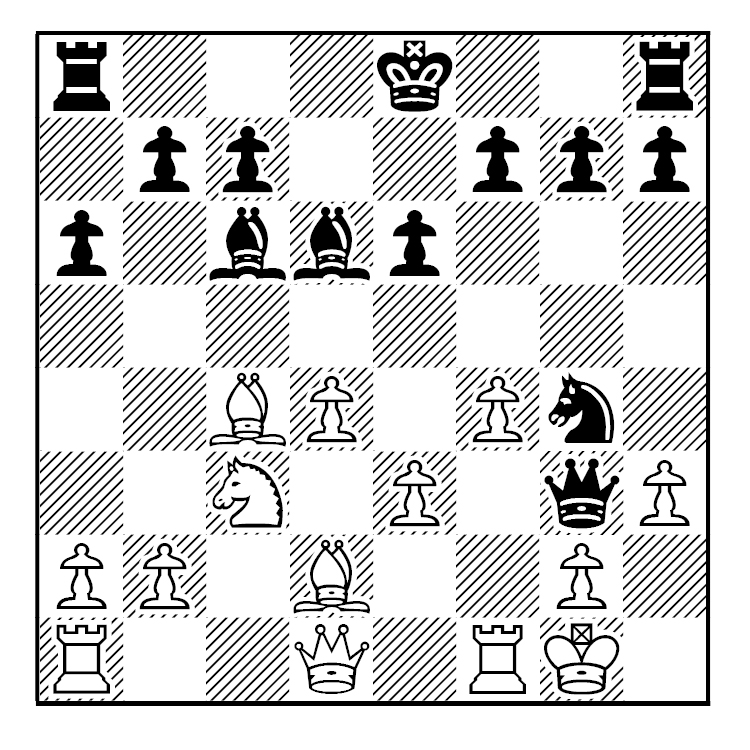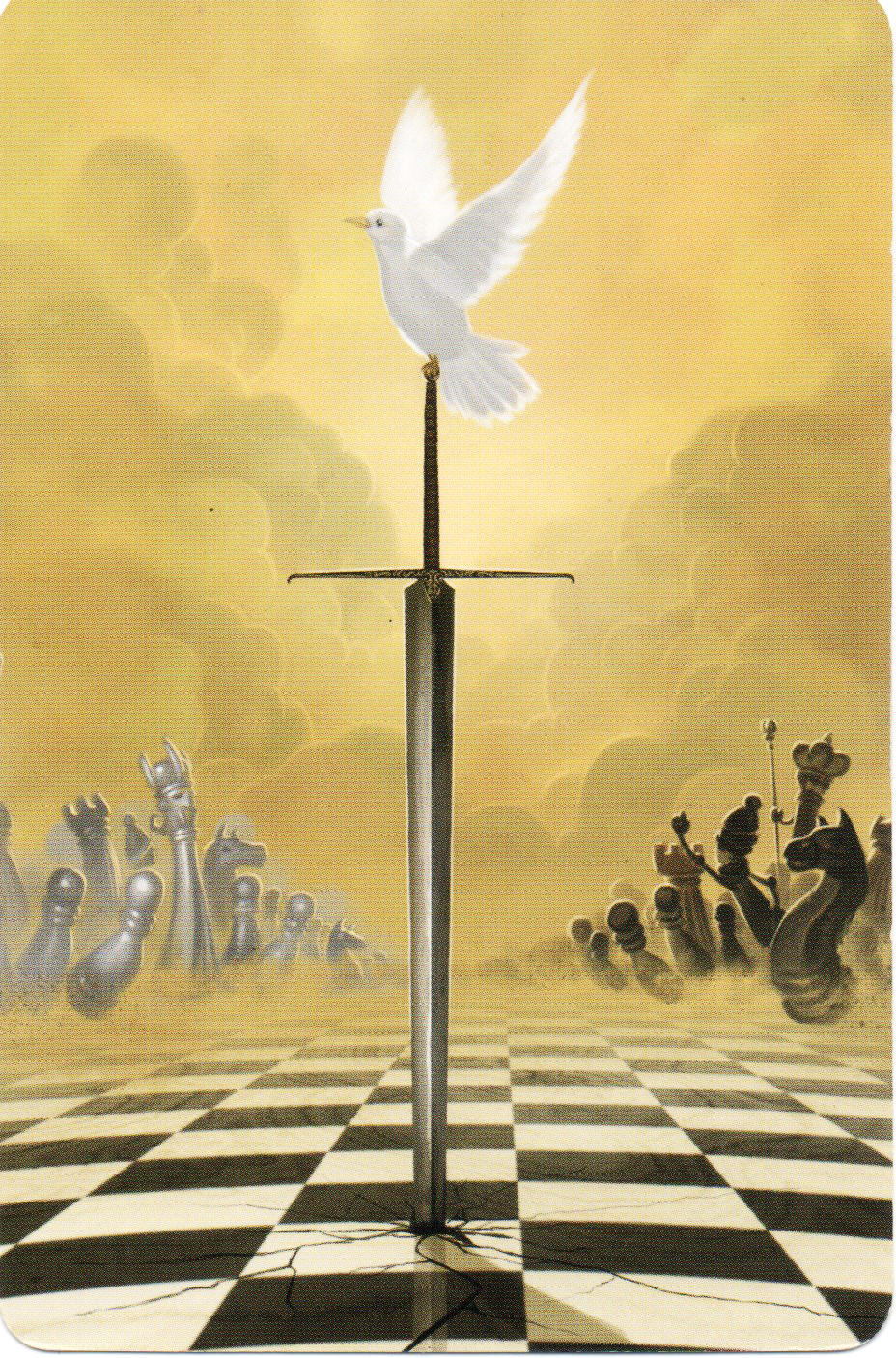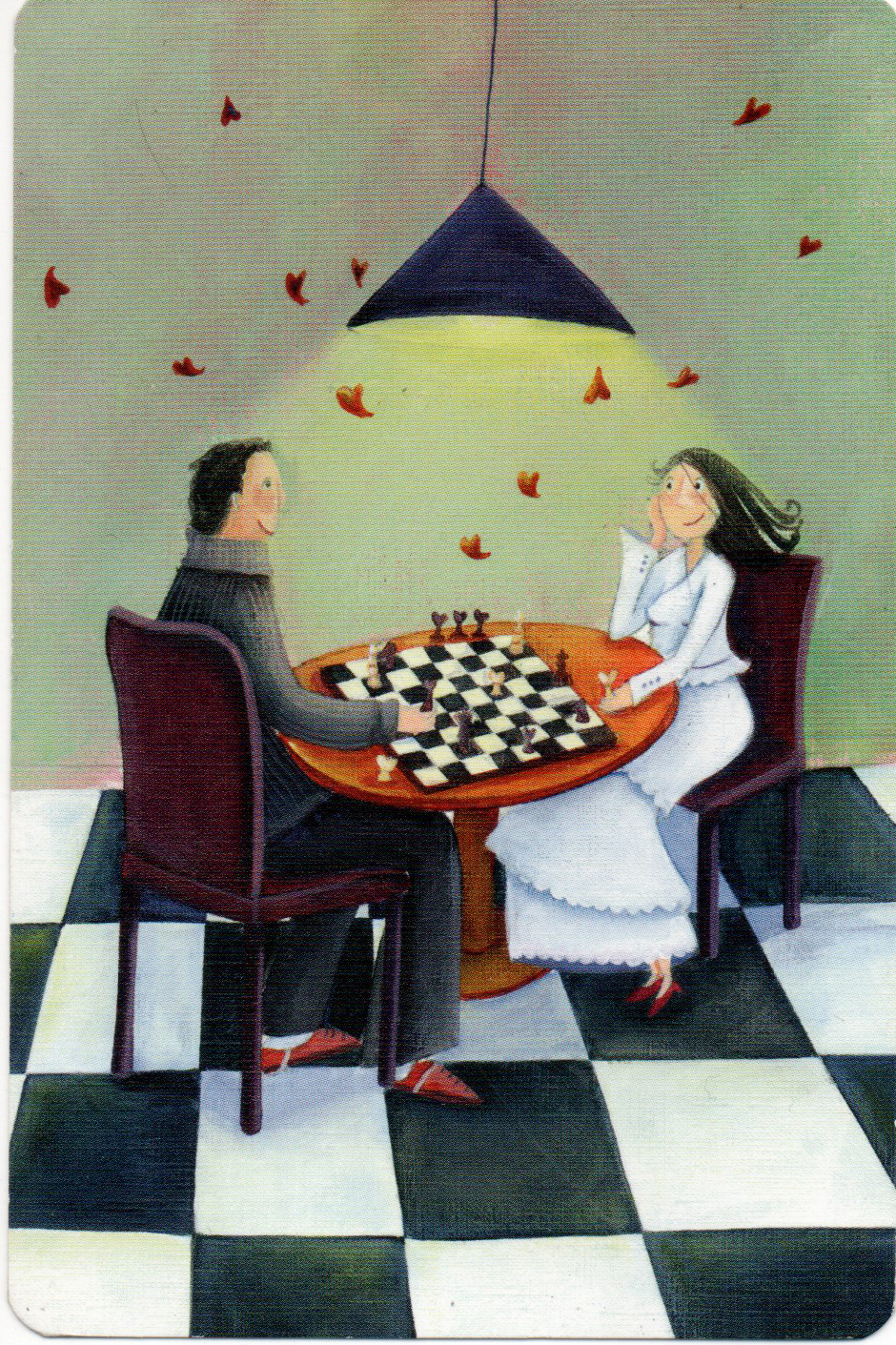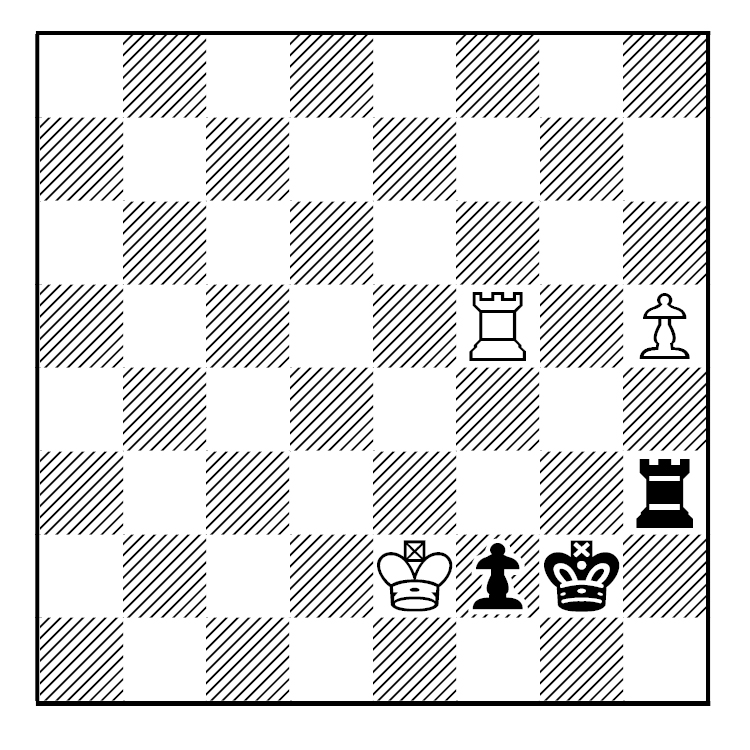It has been said that high ranking (say, Expert and above), resign too soon. This means that the high-ranking player (H-RP), finding that he is two pawns down (and sometimes even less than that), realizes that he cannot save his game against another H-RP and rather than waste two hours trying to save the game, or be the object of embarrassment or ridicule, he gently tips his king over, shakes the hand of his opponent, and gracefully resigns.
But there are times when the spectators want to see the rest of the game. They may have paid to see the tournament or match and they want the full value for their money.
Some want to root for the underdog, the one would not give up. After all, there is some romantic aspect about a fighter who refuses to give up.
Some spectators want to see blood spilled. They want the winner to effect the eventual mate by the most forceful, brutal way.
Finally, in case of a potentially brilliant game, many spectators they want to see the full display of sparking moves and crafty play from beginning to end. And maybe tell their grandchildren about it.
To be sure, these resignations, where spectators might reasonably want the game to continue, happen more than you might think. Let me give you an example.
~~~~~~~~~~~~~~~
Escalante-“crisbatiti”
Blitz game
chess.com, Sept. 9 2020
[C62]
1.e4 e5 2.Nf3 Nc6 3.Bb5 d6 4.d4
[Of course, White has other moves he can try.
I. Palacio (2172)-IM D. Charochkina (2356)
Titled Tuesday
chess.com, Aug. 4 2020
4.c3 Bd7 5.d4 a6 6.Ba4 b5 7.Bb3 Na5 8.Bc2 Qe7 9.O-O g6 10.dxe5 dxe5 11.Bg5 (>11.a4) 11…Nf6 12.Nbd2 Bg7 13.Qe2 O-O 14.Rad1 Rfe8 15.Rfe1 Rad8 16.Nf1 Nc4 17.b3 Nb6 18.Ne3 Bc6 19.Rxd8 Qxd8 20.Rd1 Qc8 21.Bxf6 Bxf6 22.h3 h5 23.Nd5 Bxd5 24.exd5 e4 25.Bxe4 Bxc3 26.Qc2 Bg7 27.Bd3 Qd7 28.Qc6 Rd8 29.Be4?? (29.Qb7!) 29…Qxc6 (And 30.dxc6 Rxd1+ 31.Kh2 f5.) 0-1.
But I prefer 4.d4, which is more simple and direct. It’s a personal preference.]
4…Bd7 5.O-O Nge7
[ECO give this game: Grohotov-Balashov, USSR, 1968, 5.O-O exd4 6.Nxd4 g6!? 7.Bxc6 bxc6 8.f4 c5 9.Ne2 f5 10.exf5 gxf5 11.Ng3 Qf6 12.Bd2 Bg7 13.Bc3 Qf7 14.Bxg7 Qxg7 15.Re1+ Ne7 16.Qe2 +/=]
6.d5 Nb8 7.Qe2 f5?! (This move creates a weakness after the bishops are traded.) 8.Bxd7+ Nxd7 9.c4 Nf6 10.Nc3 Rc8 11.Bg5 (11.Ng5! is quicker in disrupting Black’s position and plans.) 11…Ng6 12.exf5 Ne7 13.Bxf6 (13.Rae1 is another strong plan. But as mentioned before, I prefer direct and simple moves.) 13…gxf6 14.Nh4 (14.Nxe5!? should be analyzed more.) 14…h5 15.f4 Qd7 16.fxe5 dxe5 (16…fxe5? and now 17.Ne4! is much stronger.) 17.Ne4 Bg7 18.Ng6 (The immediate 18.Rae1 is stronger.) 18…Rh6 19.Nc5! (After causing chaos on the kingside, White attacks on the queenside and center.) 19…Qd6 20.Ne6 Bh8 21.Nxe7 (21.Qd2!) 21…Qxe7 22.c5! Kd7? (> 22…Bg7) 23.Rad1 (While the text move is good, 23.Qb5+! is decisive. But I wanted to push my d5-pawn.) 23…Qf7 24.Qb5+ c6 25.dxc6+ Ke8 26.cxb7+ Ke7
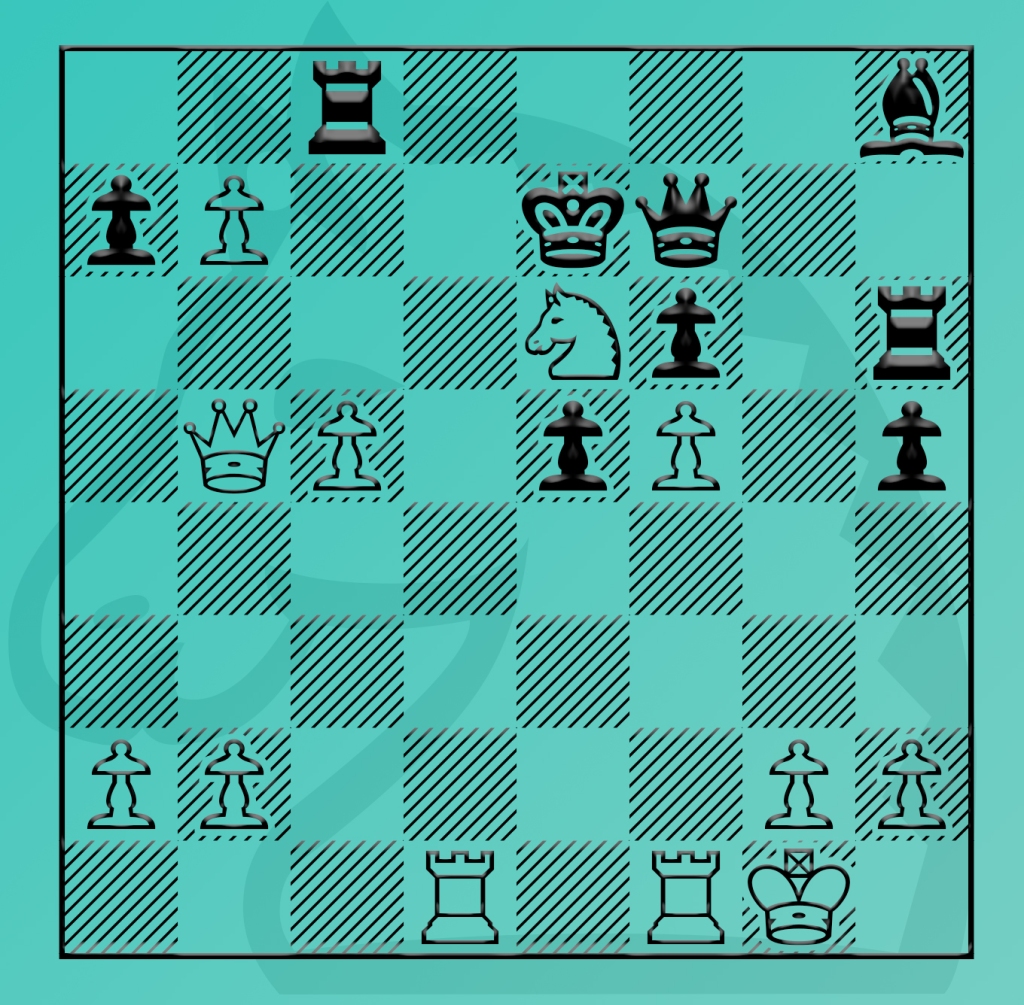
1-0 (Black resigned before White could play 27.bxc8=N#!!. This is a move I would be proud to show off. And not just to any future grandkids.)

